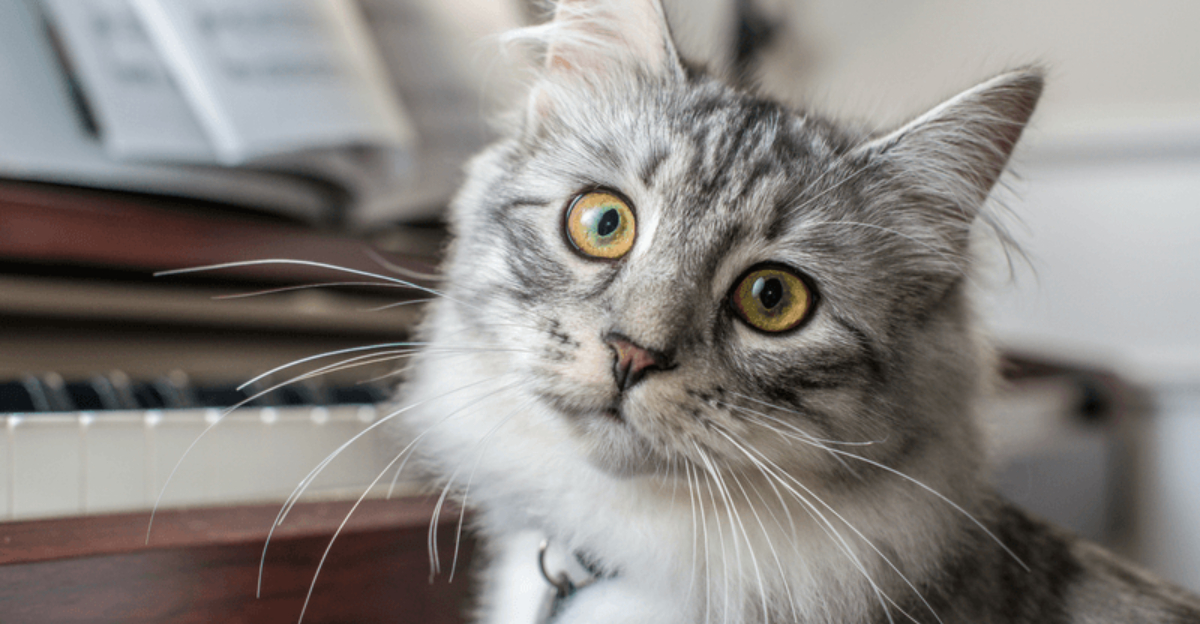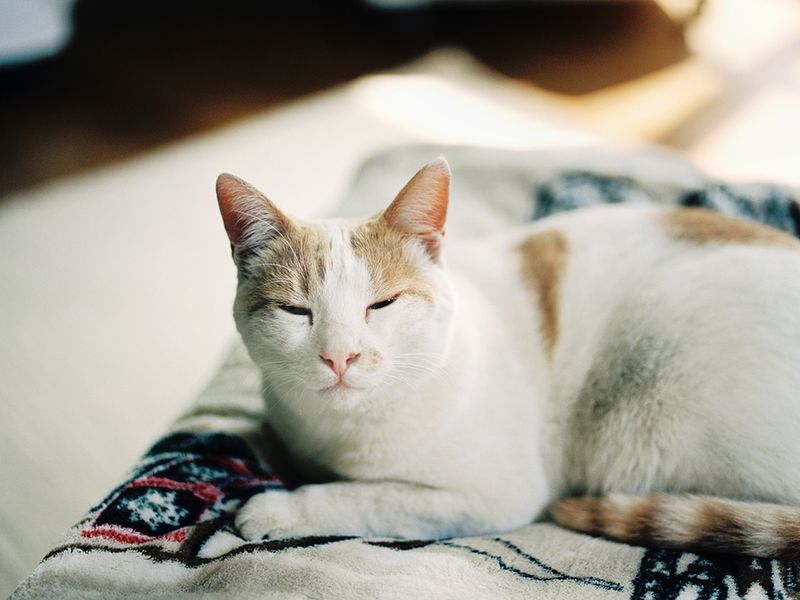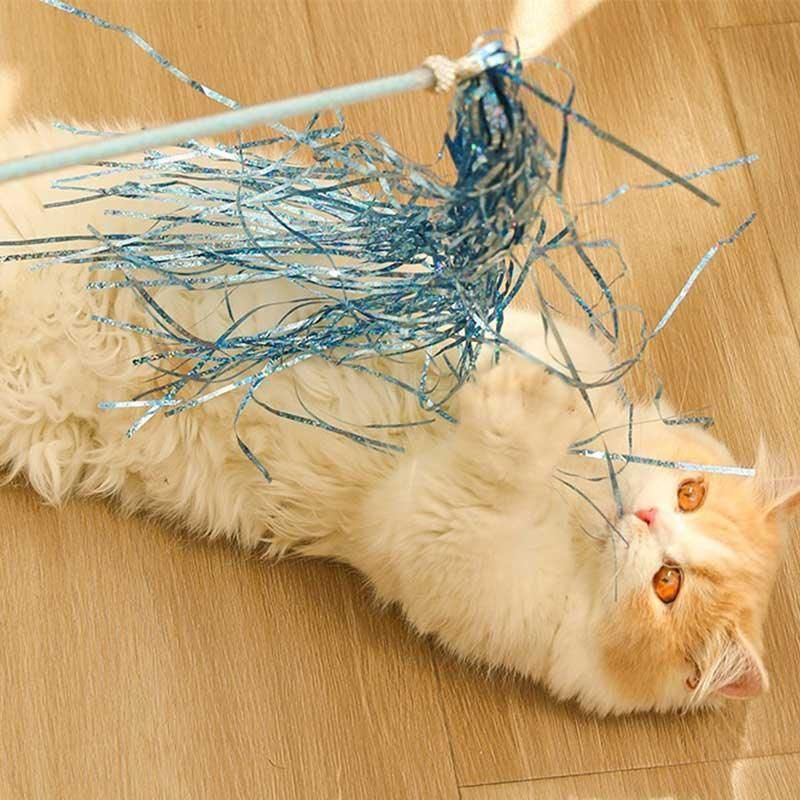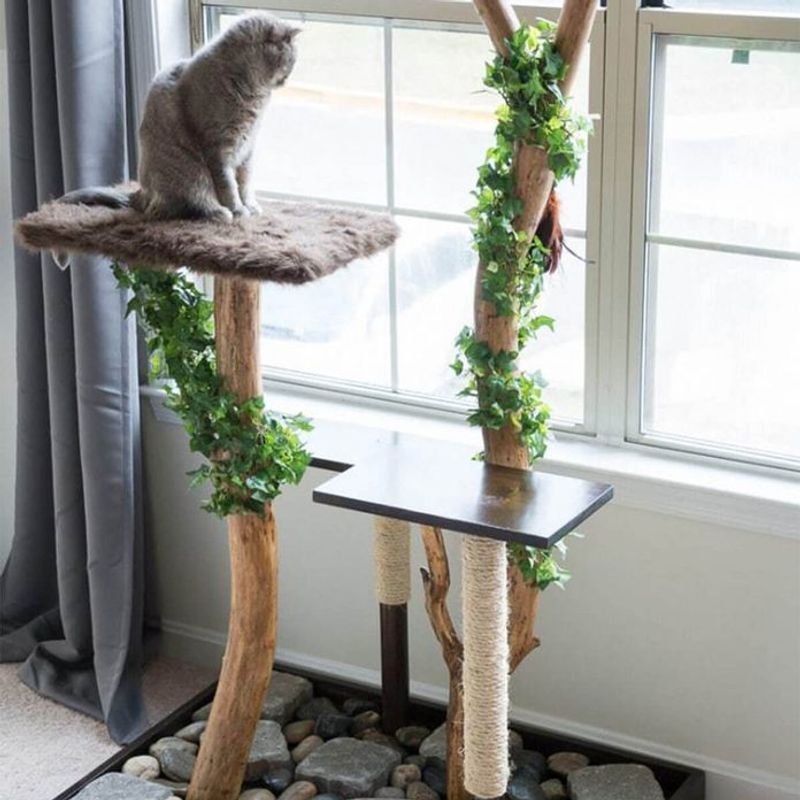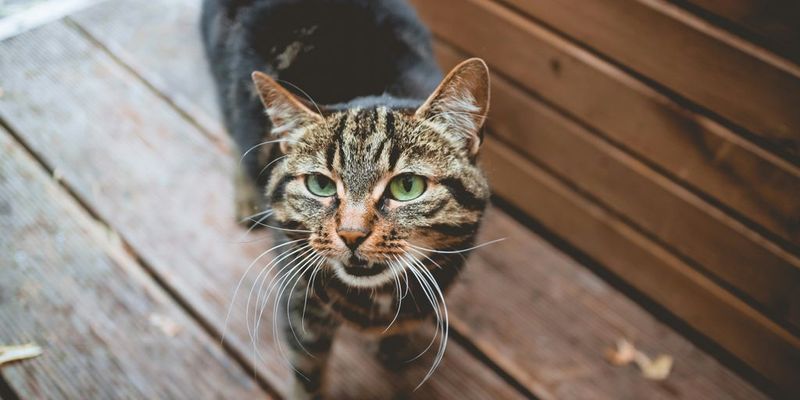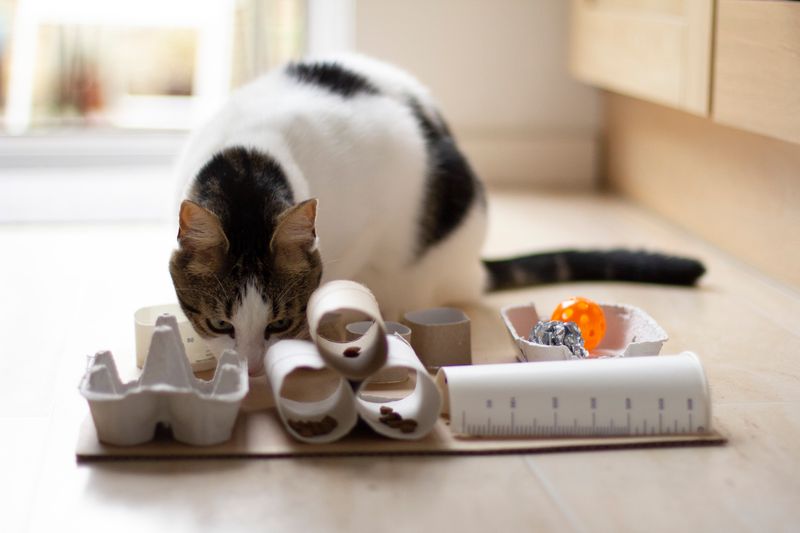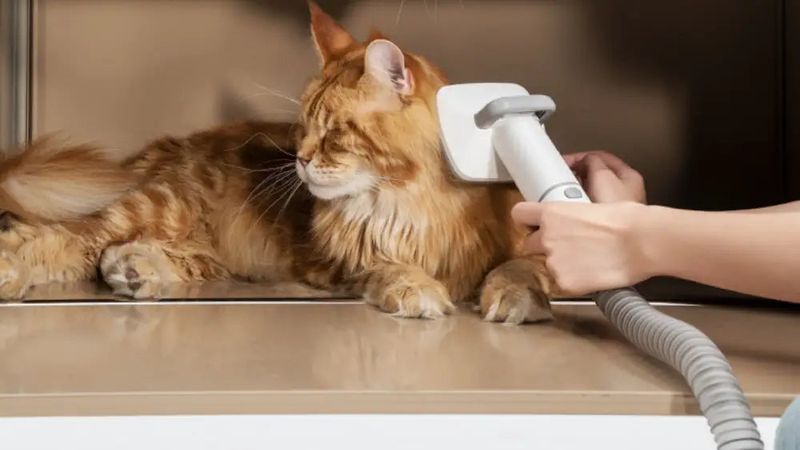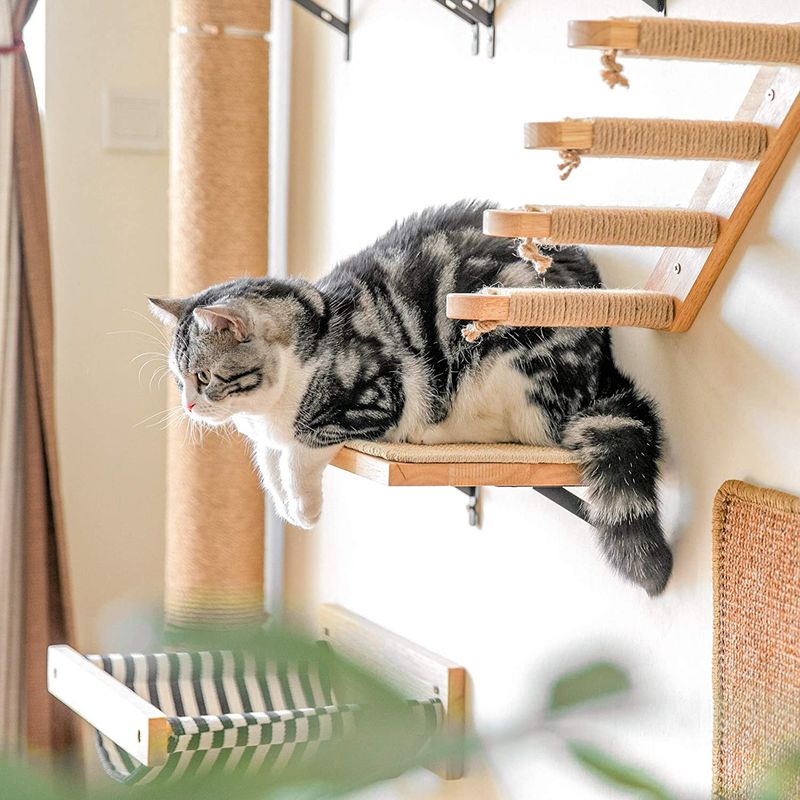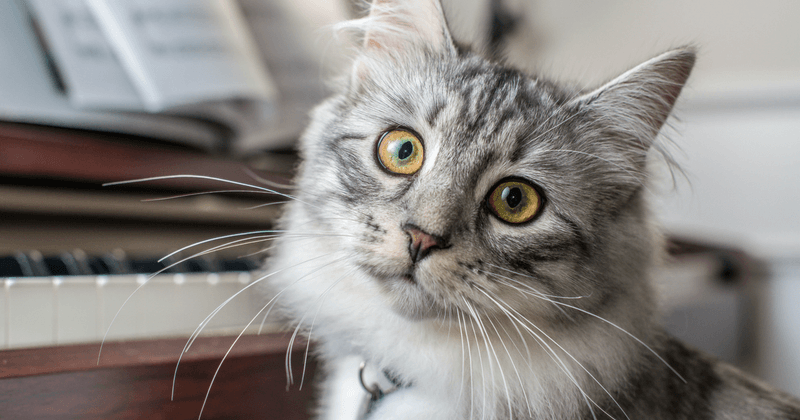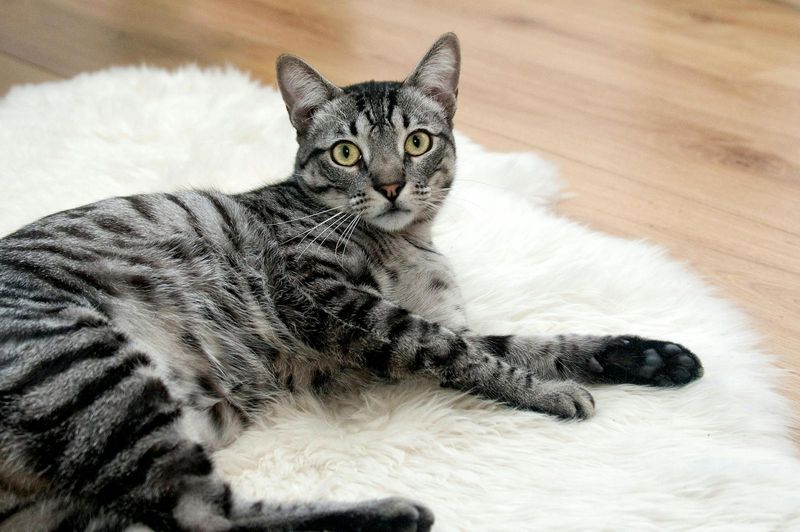📖 Table of Content:
- 1. Slow Blink Conversations
- 2. Designated Daily Play Sessions
- 3. Respect Their Personal Space
- 4. Learn Their Body Language
- 5. Food Puzzles Instead of Bowls
- 6. Grooming Rituals on Their Terms
- 7. Vertical Territory Expansion
- 8. Scent Exchange Rituals
- 9. Calm Voice and Slow Movements
- 10. Morning and Evening Greeting Routines
Cats often give the impression of being solitary creatures, but in reality, they seek meaningful bonds with their owners. Their need for connection is often subtle, but deeply ingrained in their instincts. Fostering a closer relationship with a cat doesn’t require grand gestures—small, consistent actions can make all the difference.
Understanding a cat’s natural behavior is key to nurturing this bond. They thrive on routine, gentle interaction, and mutual trust, which can be built through simple acts like play, petting, and respect for their boundaries. Over time, these small gestures help transform the dynamic from one of mere caretaking to genuine companionship.
The foundation of a strong relationship with a cat lies in everyday moments, not lavish displays of affection. By tuning into their preferences and needs, a deeper connection can be forged. With a little attention and care, the bond between cat and owner can grow into a fulfilling and lasting partnership.
1. Slow Blink Conversations
Ever caught your cat staring at you with half-closed eyes? That’s cat language for “I trust you.” Try responding with your own slow blink to start a non-verbal conversation.
Many cat owners miss this opportunity for connection, but it’s actually one of the most direct ways cats communicate affection. Research shows that cats are more likely to approach humans who slow-blink at them first.
Make it a daily habit to exchange these “kitty kisses” when your cat is relaxed. You’ll notice your cat initiating these exchanges more frequently as your bond strengthens.
2. Designated Daily Play Sessions
Playtime isn’t just fun—it’s fundamental to your cat’s mental health and your relationship. Cats who play regularly with their humans show fewer behavioral problems and greater affection.
Set aside just 10 minutes twice daily for active play. Wand toys that mimic prey movements are particularly effective at engaging your cat’s hunting instincts. Notice how your cat becomes more responsive to you outside of playtime, too.
The key is consistency rather than duration. Even short but regular sessions will create a routine your cat looks forward to and associates with positive feelings toward you.
3. Respect Their Personal Space
Cats value their independence and personal boundaries. Allowing your cat to retreat to safe spaces when they need alone time builds trust in a way few other actions can.
Create multiple elevated resting spots throughout your home where your cat can observe their territory without disturbance. Never force interaction when your cat is in these safe zones.
The payoff comes when your cat voluntarily seeks your company after recharging. This willing approach means they’re choosing your companionship, which is far more meaningful than affection given under pressure. Respecting boundaries actually encourages more authentic connection.
4. Learn Their Body Language
Physical cues are a constant form of communication, but they’re sometimes misunderstood by cat owners. A tail swishing back and forth may seem playful, but it’s more commonly a sign of frustration or overstimulation.
Take time to observe your cat’s unique signals: ear positions, whisker movements, and body postures all convey specific messages. When you respond appropriately to these signals, your cat learns you understand their needs.
A cat whose communication is consistently acknowledged feels respected and secure. This security forms the foundation of deep trust. Keep a mental note of which physical cues precede certain behaviors in your specific cat, as individual expressions can vary.
5. Food Puzzles Instead of Bowls
Food puzzles transform mealtime into mental stimulation while tapping into natural hunting behaviors. Cats in the wild work for their food—domestic cats still have this instinct but rarely get to use it.
Start with simple puzzle feeders and gradually increase difficulty as your cat masters each level. You’ll notice reduced boredom-related behaviors and increased engagement with you as the provider of this enriching activity.
Watching your cat solve puzzles creates shared positive experiences. Your presence during these rewarding moments associates you with satisfaction and accomplishment in your cat’s mind, strengthening your connection through a daily necessity.
6. Grooming Rituals on Their Terms
Mutual grooming represents one of the strongest social bonds in cat communities. When your cat allows you to brush them, you’re being invited into an intimate social ritual.
Keep grooming sessions short at first—just 2-3 minutes—and watch for signs of overstimulation. Use a brush specifically designed for your cat’s coat type and focus on areas they have difficulty reaching themselves.
The magic happens when grooming becomes a welcome routine rather than a chore to be tolerated. Many cats eventually seek out grooming sessions, showing their trust by exposing vulnerable areas like their belly or throat—a profound display of security in your relationship.
7. Vertical Territory Expansion
Cats naturally seek height for security and observation. Providing vertical spaces transforms your home into cat-friendly territory where they feel confident and secure.
Wall shelves, cat trees, and window perches create a three-dimensional environment that honors your cat’s instinctual needs. Position these elements to create “highways” throughout your home that allow movement without touching the floor.
Beyond the physical benefits, these vertical spaces show your cat you understand and respect their nature. Cats who feel their environmental needs are met show increased affection toward their humans, often choosing to rest near you even when elevated options are available.
8. Scent Exchange Rituals
In the feline world, scent is everything. Cats use pheromones released from their facial glands to designate objects and people as familiar and safe. By taking part in scent exchanges, you can deepen your connection with your cat.
Allow your cat to rub against your legs without immediately washing away their scent markers. Occasionally, swap bedding between your sleeping areas so your scents intermingle. Some cats appreciate wearing a t-shirt you’ve worn for a few hours.
This scent-based bonding speaks directly to your cat’s most primal communication system. When your cat recognizes your blended scents as their “family smell,” they experience security and belonging that transcends other forms of interaction.
9. Calm Voice and Slow Movements
Sensitive to energy and movement, cats are often stressed by quick movements and loud sounds. Such stimuli can trigger their natural prey/predator instincts, even in familiar surroundings.
Practice moving deliberately around your cat, especially when approaching them. Use a soft, consistent tone when speaking to them, even creating a special “cat voice” they’ll recognize as meant specifically for them.
Over time, your cat will associate your presence with calm predictability rather than startling disruptions. This seemingly small adjustment creates dramatic changes in how comfortable your cat feels in your presence, often leading to more relaxed physical contact and closer proximity during rest times.
10. Morning and Evening Greeting Routines
Routine is key to a cat’s sense of security, and they respond well to predictable social interactions. Simple gestures, like greeting your cat when you wake up or return home, can become treasured moments that reinforce your bond.
Keep these interactions consistent in timing and nature. Perhaps a gentle head scratch in the same spot each morning or a special welcome-home play session. The specific activity matters less than its reliability.
These bookend interactions create a framework of security for your cat. They learn they can count on these connection moments regardless of how busy your day becomes. Many cats will begin to seek you out at these times, showing they’ve internalized the routine as an important part of their social structure.
